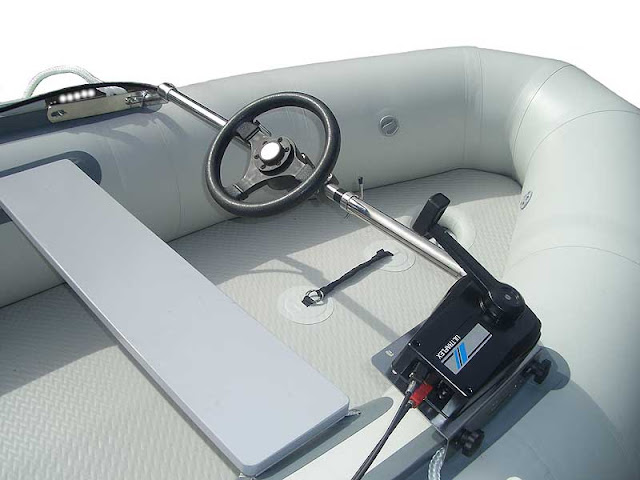Hydraulic Vs Mechanical Boat Steering Systems - Introduction & Difference
Looking for some insightful information on choosing the best marine steering systems online? This post will help! You first need to understand what are the two main types of boat steering systems and what are the major differences so you can pick the right one as per your specific needs.
Here, we will give you a brief overview of boat steering systems so you can decide the right option out of all. Let’s have a look:
Hydraulic Boat Steering Systems
Hydraulic boat steering systems are meant for using in mid-to-high horsepower outboard motors. These systems are so designed that they utilize a lightweight hydraulic hose for controlling the steering. It provides larger/high-power boats a seamless, lightweight experience while turning the steering wheel. Having fewer metal parts as compared to its mechanical counterparts, hydraulic boat steering systems give the benefit of being all the more corrosion-resistant.
These systems can deal with all horsepower conditions and need just a fingertip move. Hydraulic steering has two main parts - helm and cylinder.
The helm is made up of a hydraulic pump and multiple valves. As soon as the steering wheel is turned, the pump gets activated and the swash plate presses against small piston pumps. Helm makes the conversion of the rotating motion of a steering wheel into the pull-push motion on the cable. The cable is responsible for directing the rudder for moving left/right for steering the boat in the preferred direction. The majority of helms are rotary in nature and make use of gears for moving the rudder.
Cylinder, the other part of a hydraulic boat steering system moves when fluid from the helm is pumped. The cylinder works between two separate points on the outboard motor. It doesn’t release any pressure on the deck or hull.
Mechanical Boat Steering System
Mechanical boat steering systems, often referred to as manual/non-power steering systems, are generally used in small boats. These systems use push-pull cables that connect both the helm and steering wheel at the boat’s front with the outboard. Manual or mechanical steering offers decent handling capability along with a safe operation for small boats up to 10m in length.
Small boat owners who use a tiller arm for steering the boat might prefer upgrading to mechanical steering systems so they can use a steering wheel, be closer to the boat’s front, and use less physical force to steer the boat.
A mechanical steering system has three main parts - helm, connection kit, and steering cable. The rotary helm is placed behind the instrument panel and is responsible for converting the steering wheel moves into pull-push motion on the cable. The steering cable moves the rudder or motor with effect to turning of the steering wheel. Single-cable steering is decent for boats having a motor of 130HP or less. For a powerful engine like V6 on a high-performance boat might call for a dual-cable steering mechanism. Lastly, the engine connection kit is marine hardware that connects the steering cable with the engine/tiller.
Difference Between Hydraulic and Mechanical Steering Systems
Before you start searching for boat steering kits and electronic steering systems available for sale out there, it’s important to know some basic differences between both types of steering systems.
Boat Size: Hydraulic steering systems are meant for bigger boats up to 10 meters or more in length. Moving at high speed. Mechanical steering systems are good for small boats below 10 meters and these must not be used on engines fitted that surpass the boat’s deal highest horsepower.
Cost: Mechanical steering systems are comparatively cheaper yet the latest hydraulic models are doing well for small boats and come at reasonable rates.
Maintenance: Steering systems, no matter which type, need some extent of maintenance and check time to time. However, the electronic steering systems and hydraulic steering systems need less upkeep in comparison to manual counterparts.


Comments
Post a Comment